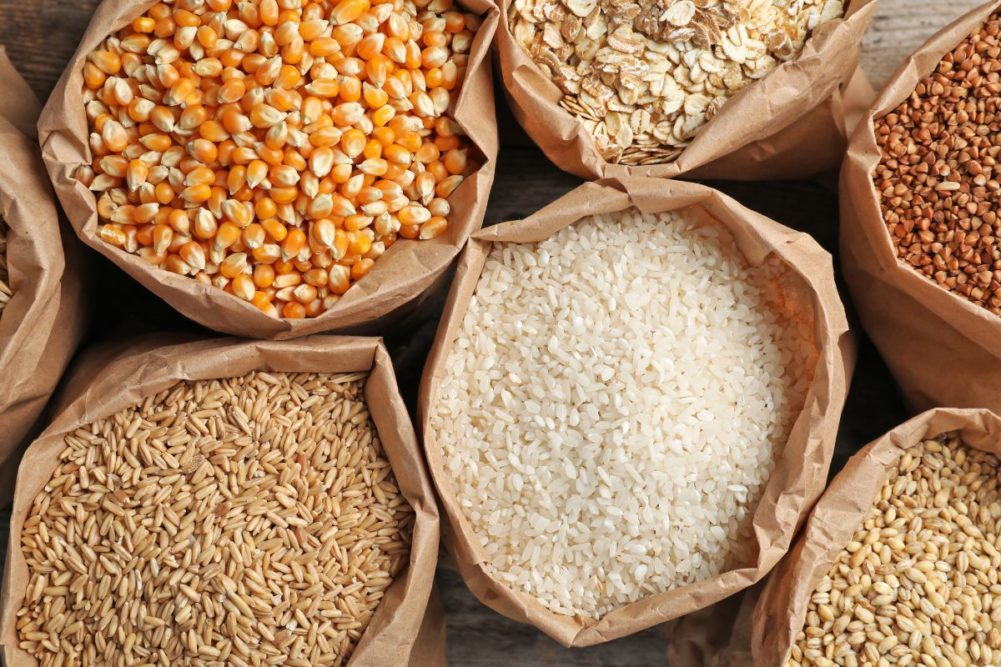PARIS, FRANCE — The war in Ukraine could see global wheat prices settle as much as 34% above pre-conflict levels, affecting food production in the near-term, while the agri-food sector faces longer-term challenges feeding the world’s growing population in a climate-conscious, sustainable manner, according to a June 29 report from the Food and Agriculture Organization of the United Nations (FAO) and the Organization for Economic Co-operation and Development (OECD).
The OECD-FAO Agricultural Outlook 2022-2031 focuses on assessing the medium-term prospects for agricultural commodity markets. The findings of the report underscore the crucial role of additional public spending and private investment in production, information technology and infrastructure as well as human capital to raise agricultural productivity, the authors said.
Prices of agricultural products have been driven upward by many factors, including demand recovery following the COVID-19 pandemic and the resulting supply and trade disruptions, poor weather in key suppliers, and rising production and transportation costs. Those costs have been exacerbated by Russia’s invasion of Ukraine on Feb. 24, affecting exports of wheat, corn and sunflower oil. Russia's role in fertilizer markets has also compounded already existing concerns about fertilizer prices and near-term productivity.
The report underlines major risks to key commodity markets: equilibrium prices for wheat could be 19% above pre-conflict levels if Ukraine fully loses its capacity to export and 34% higher if in addition Russian exports are 50% of normal amounts.
A scenario simulating a severe export shortfall from Ukraine and Russia in 2022-23 and 2023-24, and assuming no global production response, suggests a further increase in the number of chronically undernourished people in the world following the COVID-19 pandemic.
“Without peace in Ukraine, food security challenges facing the world will continue to worsen, especially for the world’s poorest,” said Mathias Cormann, secretary-general of the OECD. “An immediate end of the war would be the best outcome for people in both Russia and Ukraine and for the many households around the world that are suffering from sharp price increases driven by the war.”
“These rising prices of food, fertilizer, feed and fuel, as well as tightening financial conditions are spreading human suffering across the world,” said QU Dongyu, director-general for the FAO. “An estimated 19 million more people could face chronic undernourishment globally in 2023, if the reduction of global food production and food supply from major exporting countries, including Russia and Ukraine, results in lower food availability hitting worldwide.”
Ensuring well-functioning global trade and markets is essential for addressing both short- and medium-term challenges to food security, and increasing interdependency between trading partners underscores the importance of a transparent, predictable and rules-based multilateral trading system.
The report also addresses the need for investing in long-term goals of the 2030 Agenda and the Sustainable Development Goals (SDGs) to reduce agriculture’s impact on greenhouse gas emissions and the climate while providing enough productivity growth to meet global food consumption needs expected to increase 1.4% annually over the next decade.
Average agricultural productivity must increase by 28% over the next decade for the world to meet the Sustainable Development Goal (SDG 2) on Zero Hunger, while simultaneously keeping agricultural emissions on track to reach the Paris Agreement targets. This is more than triple the increase in productivity recorded in the last decade, the report noted, and access to technology, infrastructure and training will be key.
More information on the OECD-FAO Agricultural Outlook is available here.






